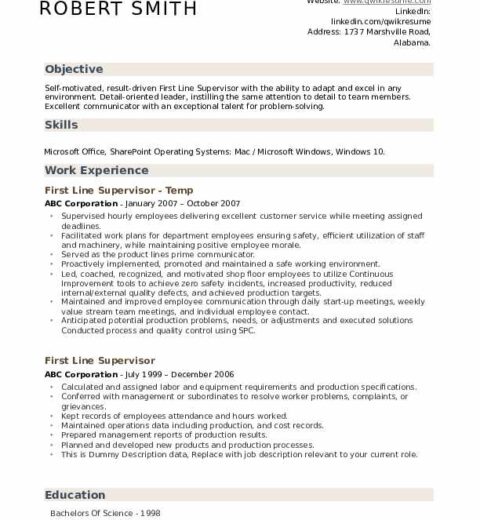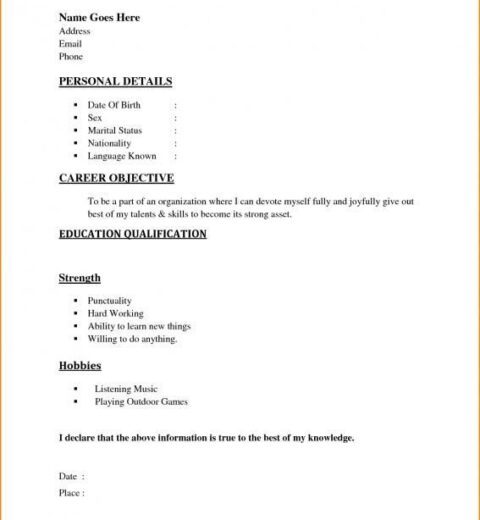When navigating the labyrinth of job applications, the terms “CV” and “resume” often surface, leading to a cascade of confusion for many job seekers. Understanding the subtleties that differentiate these two documents is crucial for making a lasting impression in the competitive job market. This article delves into the defining characteristics, structures, and contexts in which each is utilized, providing clarity for individuals endeavoring to curate their professional narratives.
Defining the CV and Resume
A Curriculum Vitae (CV) is a comprehensive document that extends beyond mere qualifications to encompass one’s academic background, work experience, skills, and other pertinent information. It is typically used in academic, education, research, and medical fields. The nature of a CV is extensive, often extending over multiple pages and representing a lifetime of achievement, including publications, presentations, and academic awards.
A resume, on the other hand, is a succinct summary tailored for a specific position. It typically spans one to two pages, focusing primarily on relevant experience and skills that align with the job description. Resumes are more commonly required in the private sector and for positions outside of academia. This document embodies the principle of brevity and relevance, ensuring that potential employers can quickly glean the candidate’s suitability for the job.
Length and Detail
One of the most palpable distinctions between a CV and a resume is the length. A CV provides an exhaustive account of a person’s career trajectory, often including detailed sections such as:
- Contact Information
- Personal Profile
- Education
- Work Experience
- Research Experience
- Publications
- Academic Awards and Honors
- Professional Affiliations
- Conferences and Workshops
- References
The resume, in contrast, demands conciseness. It generally comprises:
- Contact Information
- Professional Summary or Objective
- Relevant Work Experience
- Education
- Skills
The expectation with a resume is that it should capture the essence of a professional’s qualifications and strengths, allowing employers to assess fit rapidly.
Content Focus
The content of each document is crafted with distinct intentions. A CV is expansive, encompassing all academic and professional achievements without the constraints of relevancy as dictated by a specific job application. It serves as a comprehensive portfolio of one’s career.
Conversely, a resume is a marketing tool for a specific job—tailored and curated. The content should be directly relevant to the job description, employing key terms that highlight qualifications that best match what the employer is seeking. This might involve reordering bullet points or emphasizing particular experiences more than others to align with the prospective role.
Global Variations
Geographical context also influences the use of CVs and resumes. In many European countries, the term CV is often used interchangeably with resume, and a CV may be shorter than in the United States. Conversely, in the U.S., the term resume dominates the employment landscape. In countries such as the United Kingdom and Canada, both terms may be employed, although distinctions exist similar to those in the U.S.
When to Use a CV
Opt for a CV in situations such as:
- Applying for academic positions
- Seeking opportunities in research
- Positions in healthcare or education
- Foreign applications, particularly in Europe
Employers in these fields appreciate the depth and breadth of a candidate’s experience, making the CV the preferred choice for applicants.
When to Use a Resume
A resume should be utilized in circumstances such as:
- Applying for corporate jobs
- Positions in most industries outside academia
- Any job requiring specific skill sets or experiences
The resume’s concise nature resonates with hiring managers who may review numerous applications and thus appreciate directness and relevance.
Formatting Considerations
Formatting serves a pivotal role in both documents. A CV generally follows a traditional format with headings and sections, ensuring easy navigation through one’s comprehensive career history. On the contrary, a resume should be visually engaging and tailored to catch the reader’s eye. Emphasizing key achievements through bullet points, utilizing bold for vital information, and maintaining clear, consistent fonts enhances effectiveness.
Conclusion
Understanding the distinctions between a CV and a resume is fundamental in the job application process. Both serve essential purposes, yet they cater to fundamentally different expectations. Candidates should assess their career circumstances and the specific requirements of the positions they are pursuing. By creating a tailored document, whether a CV or a resume, job seekers can compellingly present their qualifications and experiences, positioning themselves favorably in the competitive employment landscape.




